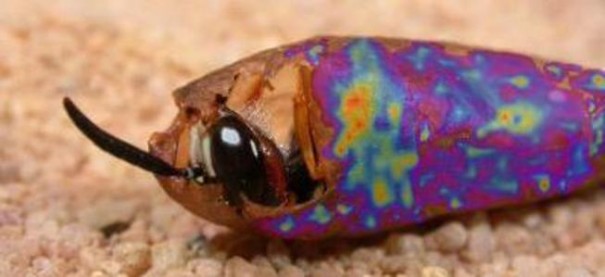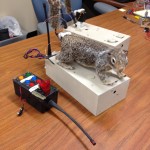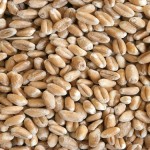
The females protect their larva with nine antibacterial substances. Image: Johannes Kroiss and Martin Kaltenpoth, MPI for Chemical Ecology Journal
Beewolves are digger wasps that love to hunt bees, but that comes at a price: their prey may be infected with pathogens, a threat for the beewolf larvae.
Because the young insects are practically defenceless and susceptible to fungal and bacterial infections, the adult females produce a mixture of nine antibiotic substances that will be incorporated into the larval coccon.
The females produced the substance in a specialised gland in their antennae and then ooze it into the larval brood cells. At the same time as the larva spins its cocoon, the antibacterial cocktail is incorporated, thus creating a shield against pathogens.
The beewolf larvae then safely hibernate in their cocoons for several months before hatching.






